The primary objectives of the TWP breeding program were to:
- provide a genetically sound insurance population for the northern quoll and
- provide an opportunity for researchers to study quoll genetics, reproductive physiology, and
- to experimentally test novel methods for reducing cane toad impacts on this species.
2010-2014 Collaborative Project to Monitor Long-term Survival of ‘Toad Smart’ Quolls in Kakadu National Park
In a pilot study, TWP staff released trained toad-smart quolls to East Alligator Ranger Station in Kakadu National Park in December 2009 and February 2010. Subsequent trapping by University of Sydney and University of Technology researchers at the reintroduction site has provided some exciting results.
Some of the toad-smart captive reared female quolls have survived for two years, and have reproduced, and some of their offspring have also survived to adulthood. These exciting results demonstrate that some of the offspring of ‘toad smart’ females reject cane toads as prey. However, dingoes, wild dogs, and other predators remain a major source of mortality for quolls at this study site.
Hence, future management to minimize the threats posed by inappropriate fire regimes and predators is necessary to bring about the recovery of quolls in Kakadu National Park.
2008-2010: Collaborative Project to Train Quolls to Avoid Consuming Cane Toads
Cane toads have caused a precipitous collapse of northern quoll populations across the Northern Territory. Because it is virtually impossible to eradicate cane toads from the wet-dry tropics, we need to develop an alternative solution to the cane toad problem. Rather than trying to eradicate toads, it may be possible to manipulate the behavior of predators so that they can coexist with cane toads.
In 2008, researchers from the University of Sydney (Stephanie O’Donnell, Dr Jonathan Webb, and Professor Rick Shine) investigated whether captive reared northern quolls could be trained to avoid attacking cane toads. The researchers successfully trained captive reared juvenile quolls to avoid attacking cane toads. They did this by feeding the quolls a small, non-lethal, dead toad containing the nausea-inducing chemical thiabendazole.
After eating the toad, the quolls became mildly ill, and they subsequently associated the taste and smell of toads with illness, and refused to attack live toads for long periods. This phenomenon is called ‘conditioned taste aversion’, and occurs in most animals. Importantly, a single bout of gastrointestinal illness produces long-lasting aversions to prey in predators (Gustavson and Nicolaus 1987).
Encouraged by these preliminary results, TWP staff and University of Sydney researchers fitted both toad-smart and toad-naïve quolls with radio-collars containing mortality sensors. They then released the quolls to the wild in suitable rocky habitats near Darwin, and radio-tracked the quolls to determine their fate. Importantly, the toad-smart quolls had much higher short term survival than the untrained toad-naïve quolls (O'Donnell et al. 2010).
These preliminary results suggest that it may be possible to mitigate the impacts of cane toads on northern quoll populations. For example, it might be possible to prevent quoll extinctions by deploying ‘toad aversion’ baits ahead of the cane toad invasion front. Quolls that ate baits would become ill, and would subsequently associate the smell and taste of cane toads with illness, and would reject cane toads as prey.
Potentially, this novel approach could prevent quolls from going locally extinct after cane toads invade. Alternatively, it might be feasible to facilitate that recovery of northern quoll populations in the N.T. by reintroducing ‘toad smart’ quolls to toad-infested areas. If female ‘toad smart’ quolls survive and breed, then their offspring will have the opportunity to learn to avoid attacking cane toads.
2003-2004: Collaborative Island Ark Project
As a result of the threat of cane toad invasion to Northern Territory populations, the Island Ark project was led by the Biodiversity Conservation unit of the Department Of Natural Resources, Environment and the Arts (NRETA) in cooperation with traditional owners and scientists. The primary objective was to establish viable sustainable insurance populations on suitable remote, uninhabited, cane toad free islands off the Northern Territory coast.
TWP provided assistance with the processing, veterinary assessment, treatment and micro-chipping, DNA sample collection and temporary housing of 66 quolls which were subsequently released on the toad-free islands. This project was highly successful, and has succeeded in establishing breeding populations of northern quolls on two islands off the north-east Arnhem Land coast.
Local traditional owners and Aboriginal ranger groups are currently monitoring these islands to ensure that they remain free of cane toads.
1998-2002: Pilot Breeding Study
Territory Wildlife Park began a pilot breeding study in 1998 to record information on northern quoll breeding biology in the case of suspected declines associated with cane toad arrival. Breeding was successful to F2 generation and draft protocols recorded.
